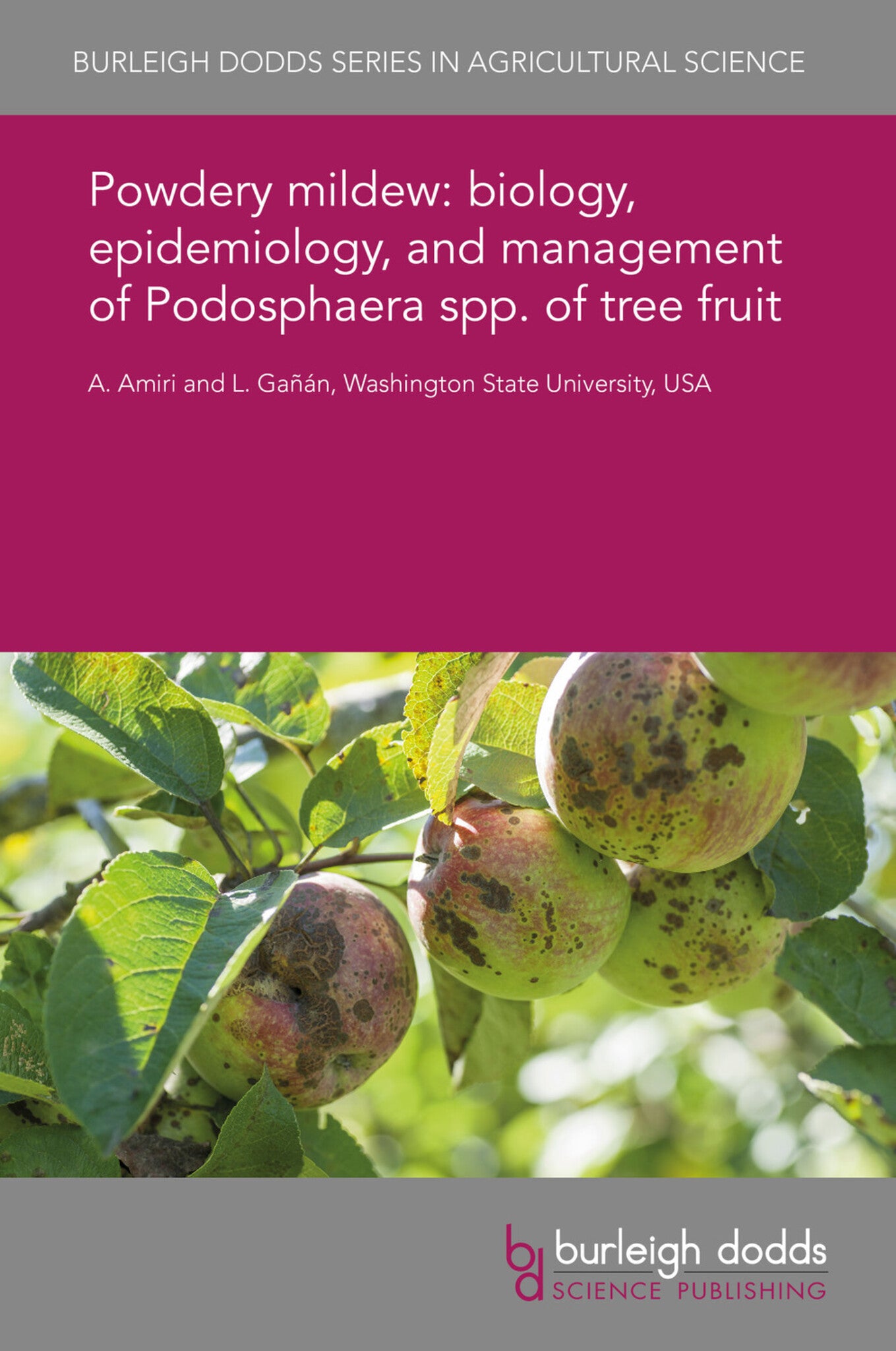We're sorry. An error has occurred
Please cancel or retry.
Powdery mildew: biology, epidemiology, and management of Podosphaera spp. of tree fruit
Regular price
£25.00
Sale price
£25.00
Regular price
£25.00
Unit price
/
per
Sale
Sold out
Re-stocking soon
Major economically important tree fruit, such as apple (Malus × domestica), pear (Pyrus spp.), and stone fruit (cherry, apricot, peach: Prunus spp.), are amongst the most susceptible crops to powde...
Read More

Some error occured while loading the Quick View. Please close the Quick View and try reloading the page.
Couldn't load pickup availability
- Format:
-
09 September 2019

Major economically important tree fruit, such as apple (Malus × domestica), pear (Pyrus spp.), and stone fruit (cherry, apricot, peach: Prunus spp.), are amongst the most susceptible crops to powdery mildews. The fungus mostly affects vegetative tissues but can also infect the reproductive organs (flowers and fruits) of the tree. In the absence of appropriate management, severe polycyclic infections may significantly reduce fruit set and yield. This chapter summarizes current knowledge on the biology, epidemiology, host resistance and control of powdery mildew species of apple (Podosphaera leucotricha) and cherry (Podosphaera clandestina). The chapter looks ahead to future research trends in this area and provides detailed guidance for further reading on the subject.

Price: £25.00
Publisher: Burleigh Dodds Science Publishing
Imprint: Burleigh Dodds Science Publishing
Series: Burleigh Dodds Series in Agricultural Science
Publication Date:
09 September 2019
ISBN: 9781838798970
Format: eBook
BISACs:
SCIENCE / Life Sciences / Horticulture, Commercial horticulture, TECHNOLOGY & ENGINEERING / Agriculture / Agronomy / Crop Science, TECHNOLOGY & ENGINEERING / Pest Control, Sustainable agriculture, Pest control / plant diseases

1 Introduction 2 Hosts and speciation 3 Life cycle and epidemiology 4 Cultivar susceptibility and host-pathogen interactions 5 Conventional and organic control 6 Future trends and conclusion 7 Where to look for further information 8 References



